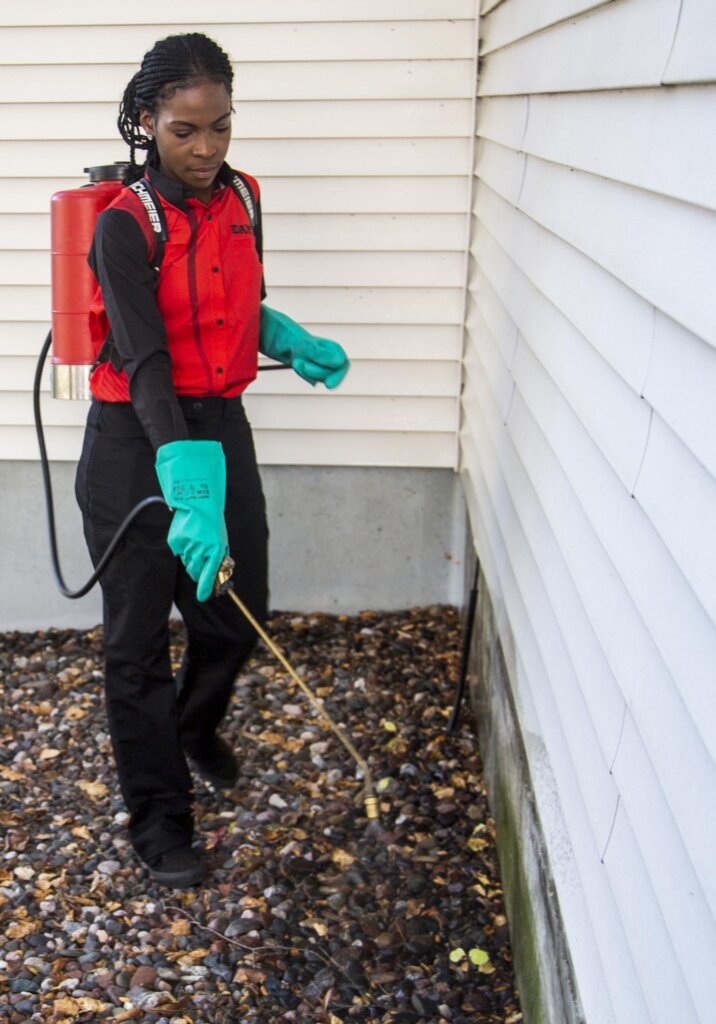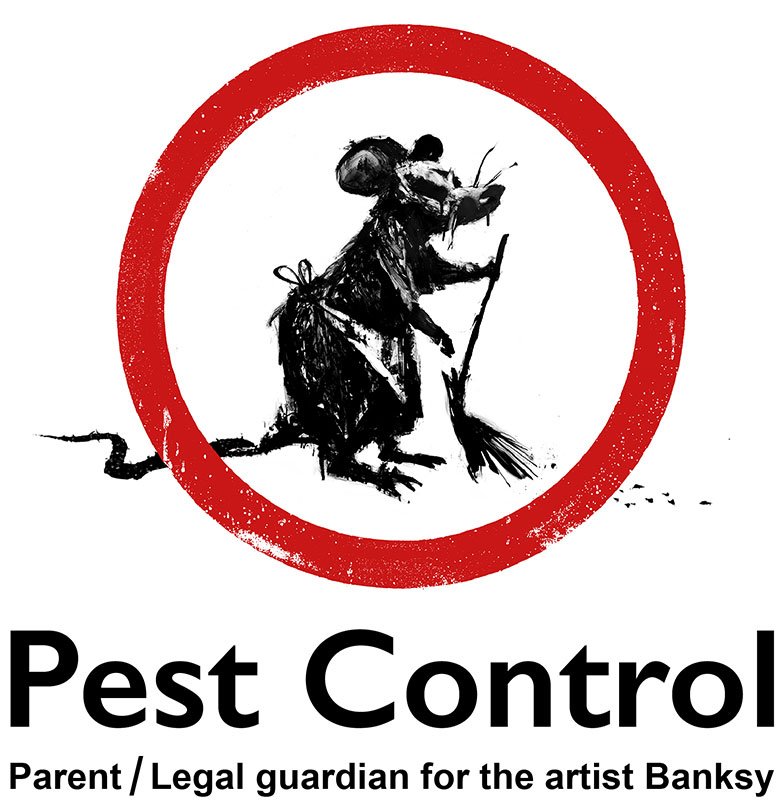Checking Out Infestation and Therapy Approaches in the Globe of Bug Control
The landscape of parasite control encompasses a myriad of difficulties, particularly as invasions of typical household insects remain to evolve. Understanding the behaviors and reproductive patterns of these hassles is critical for establishing effective treatment strategies. By integrating safety nets with innovative administration strategies, such as Integrated Pest Administration (IPM), property owners can better protect their environments. Nevertheless, the performance of these techniques may differ substantially based upon certain situations. What underlying elements add to the success or failure of these strategies in different setups?

Common Household Pests
When it involves managing our space, comprehending usual family insects is important. These bugs not just disrupt our comfort however can also pose wellness risks and damages home. One of the most prevalent house bugs consist of ants, cockroaches, rodents, termites, and bed bugs.
Ants, frequently seen foraging in cooking areas, can pollute food and develop big swarms. Cockroaches, understood for their strength, can activate allergies and spread microorganisms. Rats, including mice and rats, can cause architectural damage and lug diseases like hantavirus and salmonella. Termites, often described as "quiet destroyers," can compromise the stability of wooden frameworks, bring about expensive repair work. Bed insects, although not condition providers, can create significant discomfort via their attacks and result in emotional distress.
Identifying the indicators of these pests, such as droppings, nests, or attack marks, is important for very early intervention (Pest Control Lockhart). Proper sanitation methods, securing access factors, and keeping a clutter-free setting are reliable preventative measures. By identifying these typical house pests and comprehending their behaviors, house owners can take proactive actions to mitigate problems, guaranteeing a healthier living setting
Recognizing Bug Infestations
Bug problems can rise swiftly, transforming a minor nuisance right into a considerable trouble if not addressed promptly. Recognizing the nature of these infestations is essential for reliable monitoring. Pests can get into domestic and industrial spaces for various factors, consisting of the look for food, shelter, or breeding premises. Typical variables adding to problems consist of poor cleanliness, structural susceptabilities, and seasonal changes that drive insects inside your home.
Recognizing the sort of parasite is crucial, as different species show varied actions and reproductive rates. Rats might establish nests in hidden areas while bugs like cockroaches thrive in damp atmospheres. Early discovery frequently depends upon recognizing indications such as droppings, chomp marks, or uncommon sounds, which can show an issue prior to it ends up being extreme.
Warm, humid climates can facilitate the rapid development of parasite populaces, while adjustments in landscaping or building can unintentionally develop conducive environments. An educated strategy to comprehending these dynamics lays the foundation for efficient parasite monitoring techniques in the future.
Therapy Approaches and Techniques
Effective therapy methods and strategies are necessary for reducing bug invasions and bring back a secure environment. A diverse technique is often best, integrating chemical, biological, and mechanical methods customized to the specific pest and the seriousness of the infestation.
Chemical therapies consist of the usage of pesticides and herbicides, which can effectively remove parasites. Nevertheless, correct application and adherence to safety and security standards are essential to lessen dangers to human beings and non-target microorganisms. Integrated Bug Administration (IPM) motivates the sensible use chemicals as a last hope, counting rather on surveillance and limit degrees to determine intervention needs.
Organic control techniques involve presenting natural predators or bloodsuckers to lower insect populaces. This technique is progressively popular, specifically in agricultural settings, as it promotes ecological sustainability.
Mechanical methods, such as catches and barriers, provide prompt alleviation from bugs without introducing chemicals. Alternatives include sticky catches for insects or physical obstacles for rodents.
Inevitably, the choice of treatment method should take into consideration the particular parasite, the atmosphere, and possible effect on human health and wellness and communities. A well balanced combination of these methods can effectively handle infestations while promoting lasting insect control options.
Preventive Actions for Residence
Proactively addressing bug issues prior to they rise is vital for keeping a healthy home atmosphere (Pest Control Lockhart). Implementing efficient preventative measures can substantially lower the likelihood of invasions, eventually guarding both your home and health

Appropriate landscaping also plays an important function in prevention. Keeping shrubs and trees cut away from your house lowers the opportunities of parasites locating their means inside your home. Make certain that drainage systems are operating successfully to avoid standing water, which can draw in insects and other pests.
Last but not least, regular inspections are advisable. Frequently inspecting for signs of parasite activity enables very early intervention. By adopting these safety her latest blog nets, house owners can develop an atmosphere that is less welcoming to bugs, thus enhancing their total lifestyle and reducing the requirement for comprehensive bug control interventions.
Business Insect Control Strategies
A thorough approach to business insect control is important for companies aiming to keep a safe and sanitary setting. Efficient techniques involve a mix of regular assessments, employee training, and the execution of Integrated Bug Management (IPM) methods.
Regular examinations enable very early discovery of parasite task, permitting prompt intervention. Services need to establish a routine timetable for these analyses, concentrating on high-risk locations such as kitchens, storeroom, and garbage disposal sites. Worker training is just as vital; personnel ought to be informed on the signs of bug infestations and the significance of reporting them instantly.
Executing IPM techniques assists minimize parasite issues sustainably. This includes habitat adjustment, such as securing entrance points and minimizing clutter, along with using all-natural deterrents prior to resorting to chemical treatments.

Additionally, working together with a qualified parasite control service provider guarantees access to expert knowledge and sophisticated therapy choices. This partnership can cause customized insect my site control prepares customized to the certain demands of the service, reducing threats and enhancing general efficiency. Inevitably, an aggressive and informed technique cultivates a pest-free environment, securing both public health and wellness and organization track record.
Conclusion
In conclusion, efficient bug control requires a detailed understanding of usual household insects and their actions, combined with targeted treatment methods. Executing preventative actions alongside treatment techniques such as Integrated Pest Monitoring and organic control improves the capacity to minimize next problems.